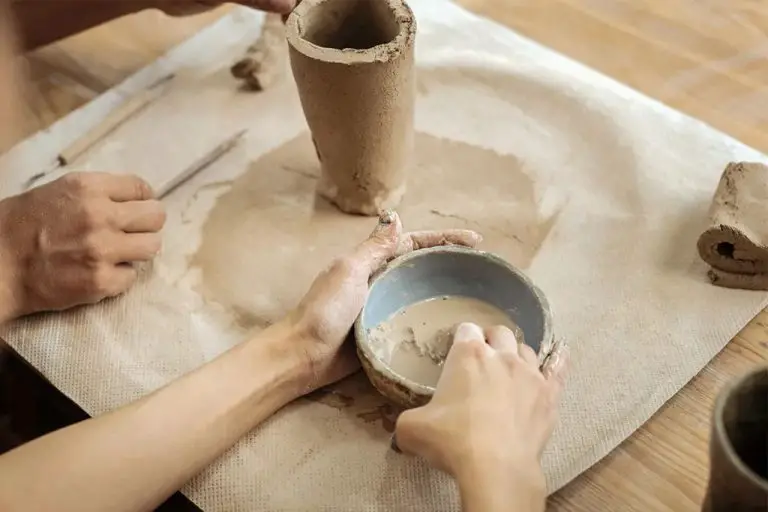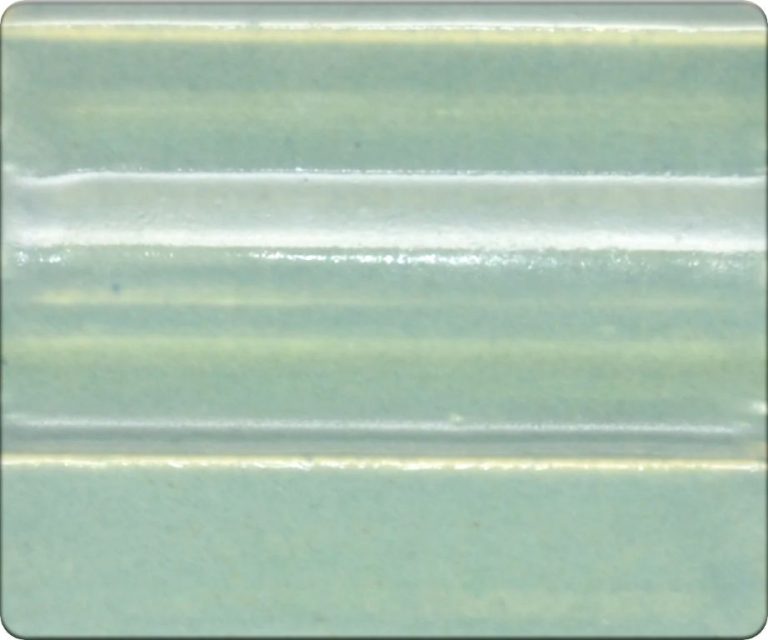How Many Clay Lamps For Diwali?
Diwali, also known as the Festival of Lights, is one of the most popular and widely celebrated Hindu festivals. It symbolizes the victory of light over darkness, good over evil, and knowledge over ignorance. Diwali extends over five days, with the third day being the main Diwali festival day.
One of the most iconic symbols of Diwali is the lighting of small clay oil lamps, known as diyas or divas. Hindus light diyas to signify hope, prosperity, happiness and the triumph of good over evil spirits. The diyas are believed to invite the goddess Lakshmi into households and welcome the Hindu new year with light. During Diwali, it’s traditional for homes, shops and public spaces to be decorated with hundreds or even thousands of lit diyas.
History and Tradition
The origins of Diwali, the festival of lights, can be traced back over 2,500 years to ancient India. According to legend, Diwali commemorates the return of Lord Rama and his wife Sita to the kingdom of Ayodhya after 14 years of exile. The residents of Ayodhya lit clay lamps called diyas to illuminate the path and welcome Rama home.
The traditional practice of lighting diyas emerged from this legend. Hindus interpret the inner meaning of this tradition as a reminder that like the diyas, one must dispel the darkness of ego and let one’s inner light of the atman or soul shine forth.
Clay diyas were preferred traditionally as they represent the earth from which they come. Lighting diyas created from the five elements is thought to usher in prosperity and joy.
Spiritual Significance
The lighting of clay lamps during Diwali carries deep spiritual meaning. The lamps signify the victory of light over darkness, good over evil, and knowledge over ignorance. For this reason, Diwali is known as the “Festival of Lights.”
In Hindu mythology, the return of the deities Rama and Sita to Ayodhya after their 14-year exile is celebrated with the lighting of clay lamps. Their safe homecoming marked the triumph of good morals and righteousness over the immorality and deceit of evil forces.
The rows of glowing lamps symbolize enlightenment dispersing the darkness of the mind and soul. They represent the effort to move from darkness to light, from oblivion to awareness. Lighting the lamps inspires the seekers of truth to dispel ignorance through spiritual knowledge and wisdom.
For many Hindus, the lamps embody a commitment to virtuous living through the light of knowledge and truth. Their inner light brings peace, prosperity and joy by removing negative forces. The lamps guide people out of difficult times toward a positive path.
In short, the diyas lit during Diwali signify the eternal truth that light prevails over darkness, representing the triumph of goodness over evil forces.
Modern Celebrations
Diwali is celebrated annually on the new moon day between mid-October and mid-November. While specific regional traditions vary, the festival is marked across India and many other countries as a celebration of light, joy, and new beginnings. With over 1 billion Hindus worldwide, Diwali has become one of the most popular and widely observed festivals globally.
The prevalence of clay lamp lighting during Diwali has remained strong in the modern era. Families adorn their homes with small oil lamps, candles, and strings of lights. Clay lamps hold special significance, representing the inner light within all beings that must be nurtured. Their warm glow provides a welcoming environment.
In Indian cities, communities decorate the streets with millions of twinkling clay lamps. Extravagant firework displays have also become common. The diyas and lights symbolically mark Diwali as a festival of illumination, knowledge, and hope. While celebrations have evolved over time, the core essence and rituals continue to be meaningful across generations.
Clay Lamps
Clay lamps, known as diyas, are an integral part of Diwali celebrations. They come in all shapes, sizes and styles depending on the region. Here are some of the most popular types of clay lamps used for Diwali:
Terracotta Diyas: These are the most common type of diyas made from natural terracotta clay. They have a flat round or square base with a small receptacle in the center to hold oil or ghee and a cotton wick.
Hanging Diyas: These diyas are designed to hang from windows, doors or ceiling. They come in colorful shapes like peacocks, elephants, flowers etc. Hanging diyas are especially popular for decorating homes.
Beeswax Diyas: As the name suggests, these diyas are made from beeswax which allows them to burn longer. Beeswax diyas are more expensive but create a warm glow.
Brass Diyas: Brass diyas made from an alloy of copper and zinc are common in many parts of North India. Their metallic sheen makes them perfect for decorative purposes.
Silver Diyas: Ornate and intricately designed silver diyas are used in South Indian homes, especially in Tamil Nadu, for Diwali. They are passed down generations as family heirlooms.
Floating Diyas: These miniature diyas are placed inside earthern bowls filled with water and flower petals. The diyas appear to float creating a magical effect.
Number of Lamps
The traditional number of lamps lit for Diwali varies amongst different cultures and communities. However, there are some common traditional guidelines:
In Hinduism, lighting 9 lamps is considered highly auspicious, as 9 is associated with the divine. Sets of 4, 7, or 12 lamps are also symbolic numbers in Hinduism and lit during Diwali.
For many families, a lamp is lit for each member of the household, so larger households may light a greater number. Lamps may also be lit for ancestors and gods.
In Jainism, lighting 16 lamps is traditional for Diwali. This number holds significance in Jain teachings.
Sikhs often light lamps numbering in multiples of 13, commemorating auspicious events in Sikh history. Community temples may light hundreds of lamps.
So in summary, while the number varies, traditional guidance emphasizes auspicious numbers with spiritual meaning. The essence is filling one’s home, community and world with light.
Families
In most Indian households, families will light dozens of clay lamps to celebrate Diwali. The tradition is to place these small oil lamps called diyas throughout the home – on windowsills, doorsteps, balconies, and outside entrances. For an average sized home, a family may use between 25 to 50 lamps to decorate the interior and exterior.
The number used can vary greatly depending on the size of the home and the extent of the decorations. More traditional families may use 100 or more lamps to create an elaborate display. Larger homes with many rooms and outdoor spaces will require more lamps to sufficiently decorate the entire property.
In apartments, condos, or smaller homes, a family may use as few as 10-15 lamps total. The priority is usually given to placing lamps around entryways, windows, and other areas visible from the street. Even if space is limited, most families will make an effort to display at least a few lamps in important areas.
For many, the act of lighting the diyas throughout the home is a beloved tradition. Children love helping to carefully place each lamp. The lamps lit throughout the home create a warm, festive glow and ambience for the Diwali celebrations.
Communities
During Diwali, many communities organize mass public displays of clay lamps to celebrate together. These community displays often aim to set records for the most number of lamps lit in one area. Major displays are organized in cities across India and have drawn crowds of hundreds of thousands of people.
One of the largest community Diwali lamp displays has been organized by the Brahma Kumaris spiritual organization in Mt. Abu, Rajasthan since 1981. Their celebrations often set world records with 900,000 lamps lit in the Hills of Abu. Participants arrange the oil lamps to form massive designs and spiritual symbols.
Other cities like Ayodhya, Varanasi and Amritsar have hosted public Diwali lamp displays with over 200,000 lamps. The displays serve as community gathering events to share the light and joy of the festival. Neighborhoods also organize local displays with tens of thousands of lamps lit along streets and in parks.
These mass community displays reflect the shared culture and tradition of Diwali across India. The spectacular lighting brings people together and often becomes an attraction, spreading the spiritual meaning of the festival.
Environmental Considerations
Diwali celebrations often involve lighting many clay lamps, which can have an impact on the environment. Here are some tips for more sustainable practices when lighting lamps for Diwali:
- Use LED lights instead of traditional diyas. LEDs consume much less oil and last longer.
- If using clay diyas, opt for unpainted ones made of natural clay without any chemicals. Avoid diyas with glitter or paint which can be toxic.
- Use eco-friendly vegetable oils like sesame, coconut or olive oil in lamps instead of petroleum-based oils.
- Limit the number of lamps you light. Lighting hundreds of lamps may look beautiful but consumes a lot of oil and leaves a large carbon footprint. A few dozen lamps are sufficient.
- Properly dispose of lamp oil after use. Do not pour it down drains where it can pollute waterways. Allow it to cool, store it safely and reuse if possible.
- Reuse or safely dispose clay diyas. Avoid throwing them into water bodies where they will not decompose. Crush and bury them to allow natural decomposition.
- Be mindful of air quality. Avoid lighting lamps in enclosed spaces and ensure proper ventilation to allow smoke and fumes to dissipate.
With some mindful practices, we can celebrate the festival of lights while also being kind to the environment.
Conclusion
In conclusion, clay lamps hold deep spiritual and traditional significance for Diwali celebrations. Though the exact number used may vary, their presence connects families and communities to the larger meanings behind the Festival of Lights.
The lamps signify triumph of light over darkness, good over evil, and hope over despair. Their warm glow on Diwali night represents knowledge and wisdom dispelling ignorance. For many, the lamps symbolize deities, ancestors, and the power of righteousness.
While concerns about environmental impact are valid, traditions adapt. Many now use fewer or alternative lamps, retaining the essence of Diwali. The lamps remain an integral part of festivals, prayers, and rituals, linking people across generations. Their flames carry on the profound truths at the heart of Diwali.


